This garlic butter is amazing. It’s amazing! It’s so amazing that when I make it and sit down to dinner with my family, I can’t stop talking about it. I can’t stop saying in my amazed voice, “This is amazing!”
And they can’t stop saying in their sarcastic voices, “Wow, you’re humble.”
And that’s why, at The Simple Home, we call this “Mommy’s Humble Garlic Butter.” You, however, may simply call it Amazing Garlic Butter.
The original version can be found at AllRecipes.com. The recipes are both very tweakable, so do what you like to make it work for your family, cuz that’s what cooking for the family is all about, isn’t it?
How to Make Garlic Butter

Ingredients:
- 1 stick butter, softened
- 5-ish shakes paprika
- 2-6 cloves minced fresh garlic
- 1/2 teaspoon salt
- 1 teaspoon Italian seasoning
Optional ingredients:
- 2 teaspoons garlic powder (intensify the garlic flavor with garlic powder, or replace the fresh garlic entirely)
- 1/4 cup parmesan cheese (we like it with or without)
Directions:
1. Make sure your butter is nice and soft.
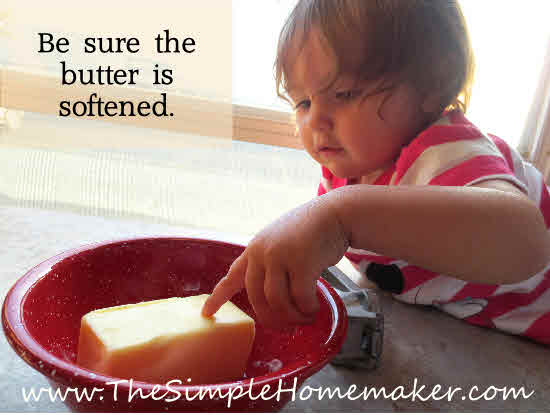
2. Add 4-6 shakes of paprika, or more for a deeper orange color. (If you’re four, you may wish to go with four, because four is fun.)
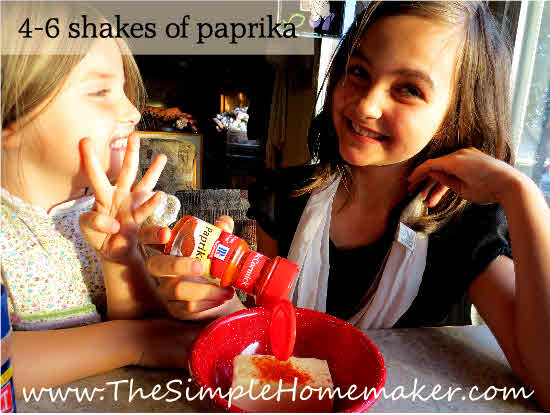
3. Add as much fresh minced garlic as you like, 1-2 cloves for a light garlic flavor, 6 for a stronger flavor. We used 6 in this batch. (See notes for more info on garlic.)
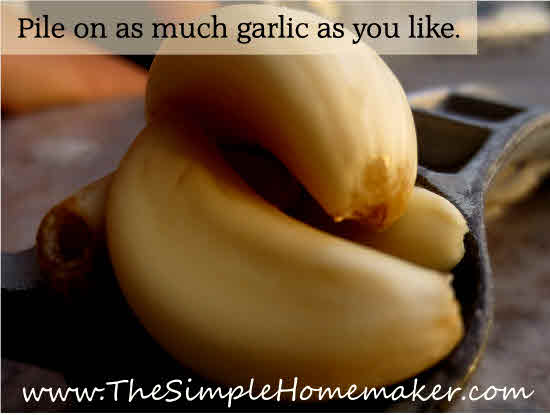
4. Add 1/2 teaspoon of salt. I like salt, and because I eat pretty much everything from scratch, it isn’t hiding in many of my foods. That’s why I don’t have an issue with a heaping half teaspoon. Adjust to your needs and tastes, but remember that salted butter varies in its salt content, so start low and add more if needed.
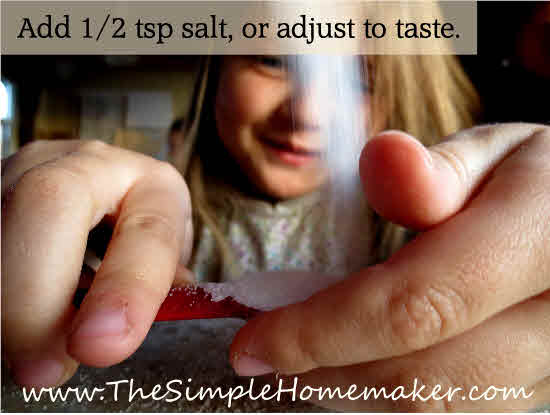
5. Add a teaspoon of the Italian seasoning of your choice. We usually use homemade, but for this batch we used these gorgeous Penzey’s Italian herbs gifted to us from a friend we met on our travels.
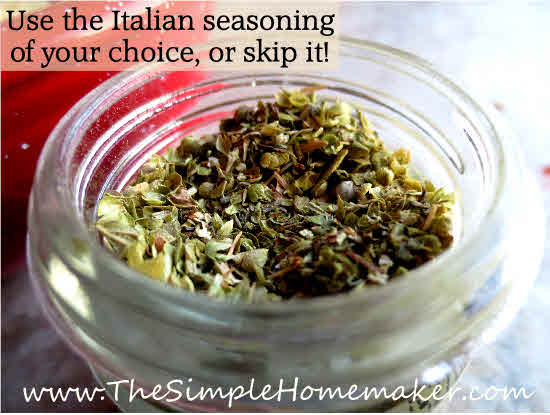
6. Mix with a spoon (or I suppose you could use some form of technology if you are desperate to wash something).
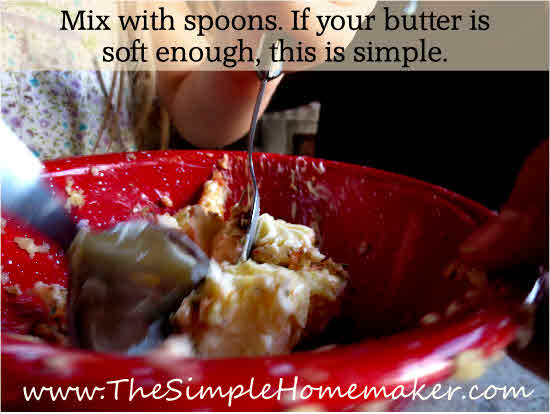
7. Taste. Adjust to your desired level of amazingness.

8. Serve. (See ideas below.)
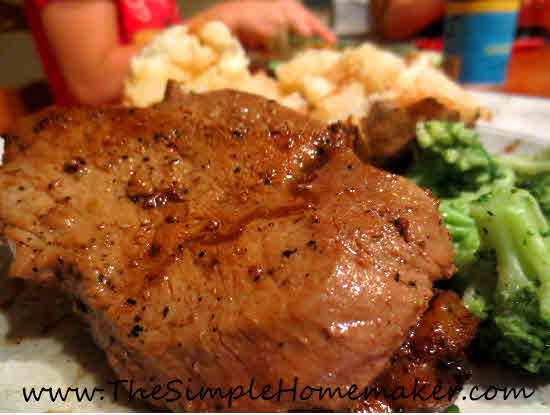
Store your humbly amazing garlic butter in the refrigerator and use within a couple of days if you are using fresh garlic. If you are using garlic powder, store where you normally keep your butter.
Serving Ideas:
- Spread it on warm fresh bread or biscuits and serve immediately.
- Spread it on bread, wrap the bread in foil, and return it to the oven. Oh my! (Yeah, I know foil will kill you, but who really cares. I mean, this is amazing! I just drooled on my keyboard. Not joking.)
- Saute mushrooms and onions in garlic butter for an easy side.
- Use it to scramble eggs, fry eggs, or flavor cooked eggs. (It’s great for these flower or shamrock eggs.)
- Spread it on a toasted hamburger bun for a garlicky butter burger.
- Add it to a grilled steak. I hear angels!
- Melt it and add it to any vegetables. Do it. I triple dog dare ya.
- Spruce up a boring side dish of plain noodles, rice, quinoa, or other grains.
- Adorn baked potatoes or use it to flavor mashed taters.
- Melt it and pour it over popcorn. Oh yeah!
- Stick it in a bowl, set it on the supper table, and watch what happens.
- It’s so versatile, you could even wear it. Okay, maybe not.

Notes:
Adjust the garlic to your liking. We like garlic…I mean I personally seriously love garlic. Don’t stand right next to me. Garlic breath. Whew.
Test it with garlic powder instead of fresh garlic sometime to see how you prefer it. I like to tone down or replace the fresh garlic if I’m serving it raw, but if I’m using it to cook or on bread that’s going in the oven, I hit it hard with fresh garlic. Bam!
I almost always double this recipe, because it’s amazing. I may have mentioned that.
Here’s the boring printable version:
- 1 stick butter, softened
- 5-ish shakes paprika
- 2-6 cloves minced fresh garlic
- 1/2 teaspoon salt
- 1 teaspoon Italian seasoning
- 2 teaspoons garlic powder (optional: intensify the garlic flavor with garlic powder, or replace the fresh garlic entirely)
- 1/4 cup parmesan cheese (optional)
- Measure.
- Combine by hand.
- Taste and adjust the garlic as desired, using either fresh or powdered garlic.
- Serve as a spread for bread and biscuits, as a flavor enhancer for sides, or on popcorn. Put on meat or use to cook eggs and veggies.
- Store in the refrigerator and use within a couple of days if you are using fresh garlic. If you are using garlic powder, store where you normally keep your butter.
Seriously, I think this is amazing…but I love butter, and I love garlic, so…there ya go.
That’s how to make garlic butter. Make it, eat it, let me know what you think!
Special thanks to my daughter Hannah of Horse Crazy Bookworm for many of the photographs, and to my helpers, butter softness tester, and tasters. You are all that and more!

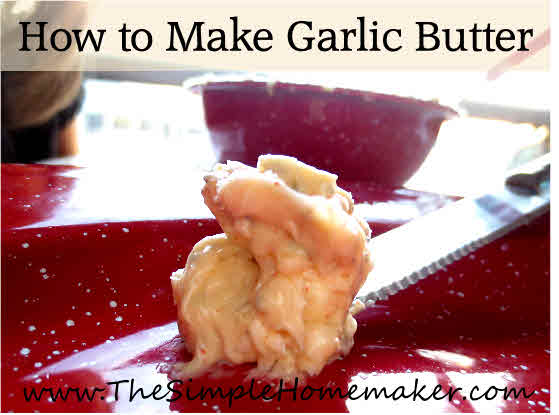
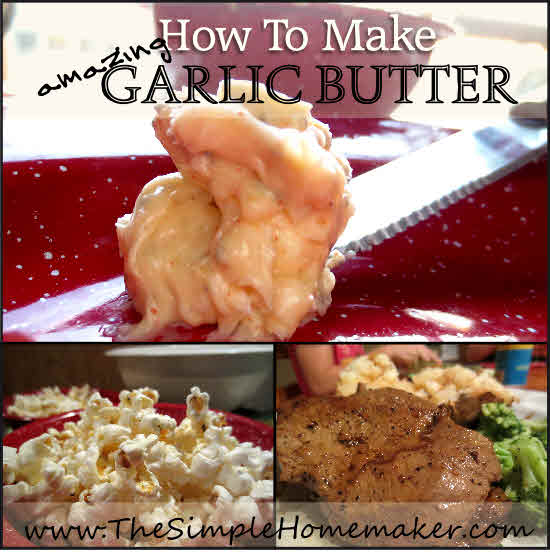


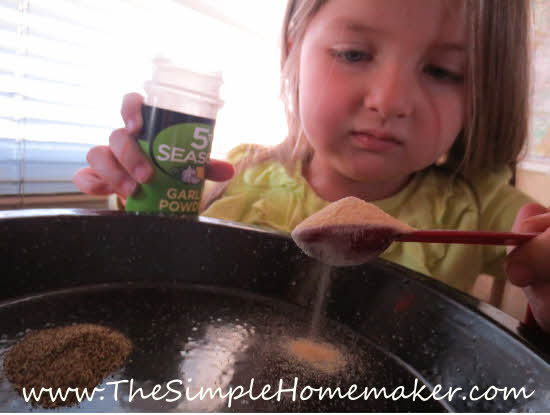
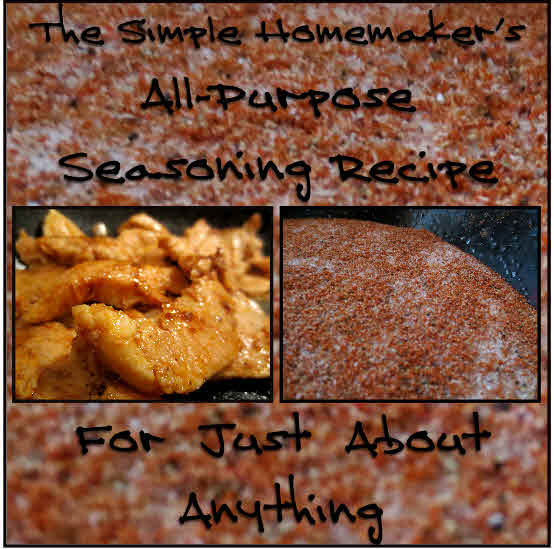


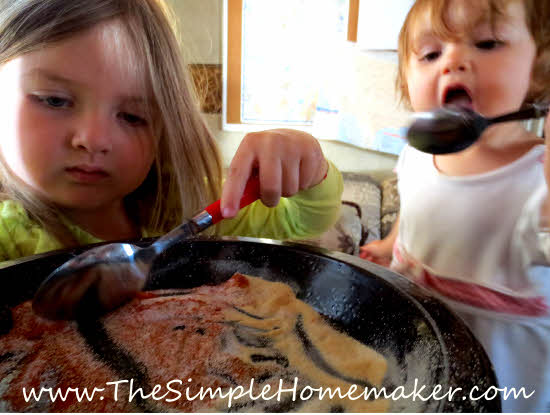
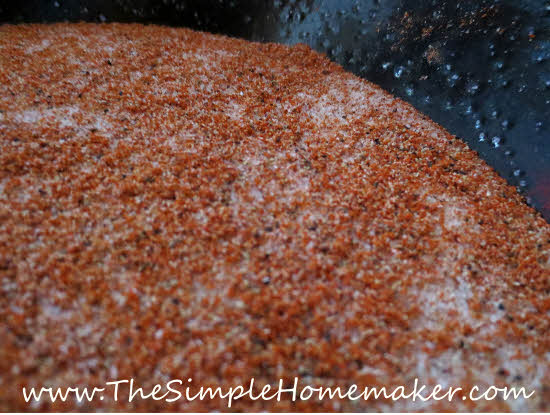

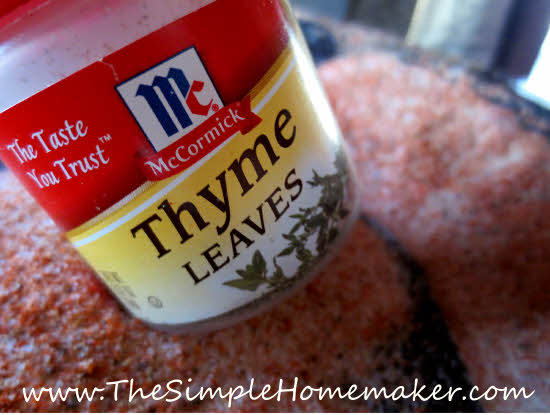
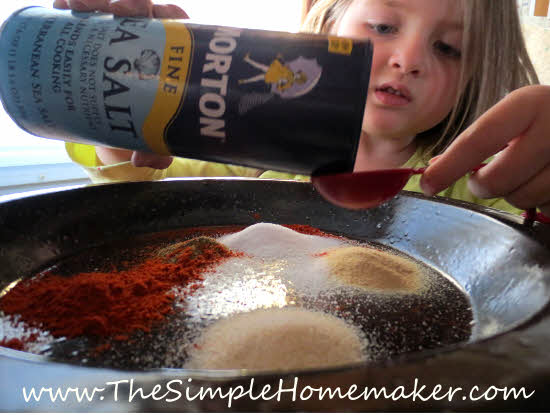

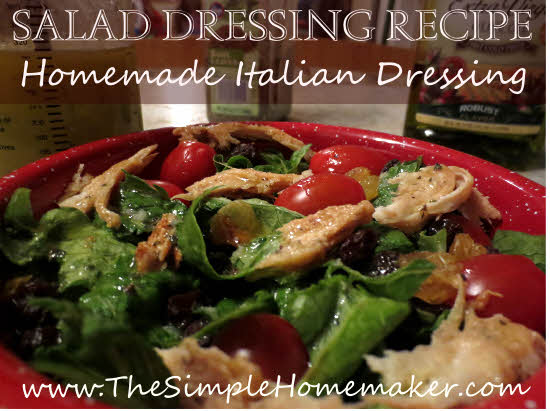

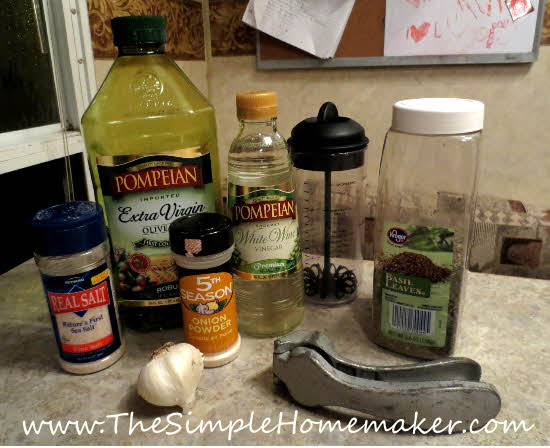
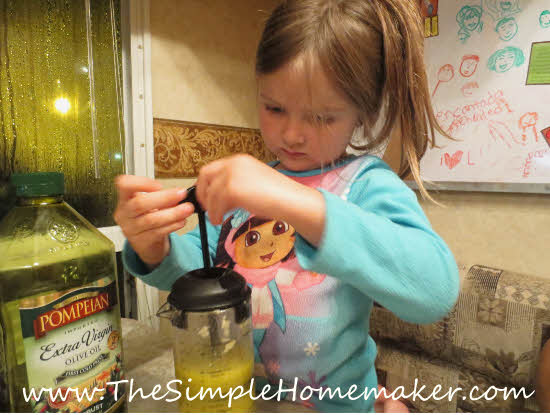
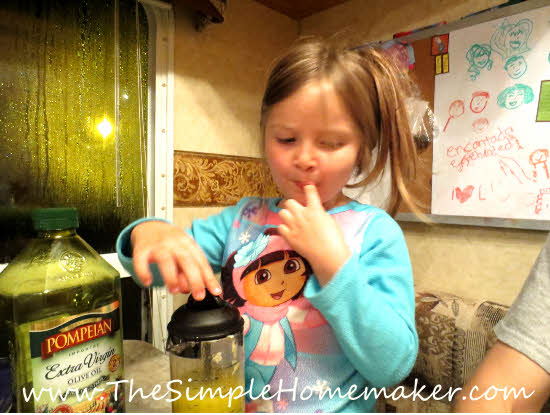
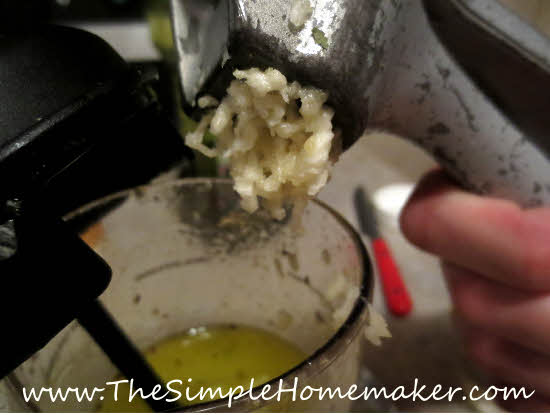
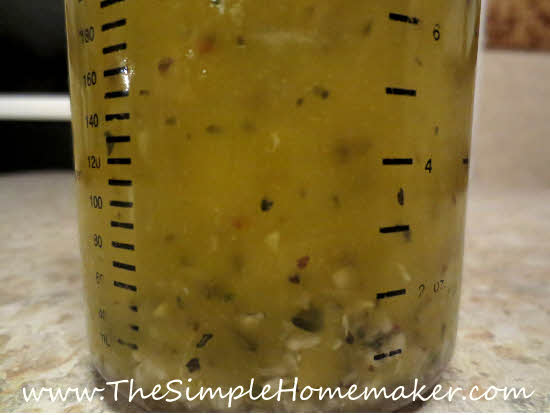
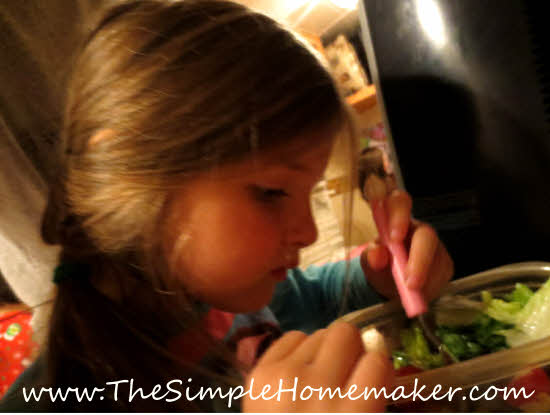








 The 24 readings are straight from the Bible. I teach my children the Bible by reading directly from the Bible–how novel. Why not keep teach the Christmas story from the Source? Why not? (That wasn’t rhetorical.) There’s no reason why not! It draws from both the Old and New Testaments. Even more novel!
The 24 readings are straight from the Bible. I teach my children the Bible by reading directly from the Bible–how novel. Why not keep teach the Christmas story from the Source? Why not? (That wasn’t rhetorical.) There’s no reason why not! It draws from both the Old and New Testaments. Even more novel! Each lesson includes an ornament craft which is totally doable. If you don’t have the time or energy for crafts, because of, you know, life, you can still implement the program. Truth in the Tinsel now offers a set of printable ornaments for $3.99. Set out a safety scissors, the crayons, maybe some glitter (shudder), and you’re set! Or skip the crafts. (It’s not illegal…seriously.)
Each lesson includes an ornament craft which is totally doable. If you don’t have the time or energy for crafts, because of, you know, life, you can still implement the program. Truth in the Tinsel now offers a set of printable ornaments for $3.99. Set out a safety scissors, the crayons, maybe some glitter (shudder), and you’re set! Or skip the crafts. (It’s not illegal…seriously.)




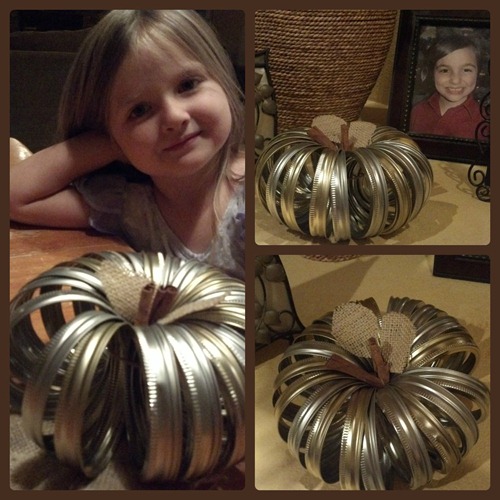



 You may feel like you are adding a lot of flour. We usually end up using six cups per loaf. You can always add more, but you can’t take it out, so don’t dump it all in at once.
You may feel like you are adding a lot of flour. We usually end up using six cups per loaf. You can always add more, but you can’t take it out, so don’t dump it all in at once.